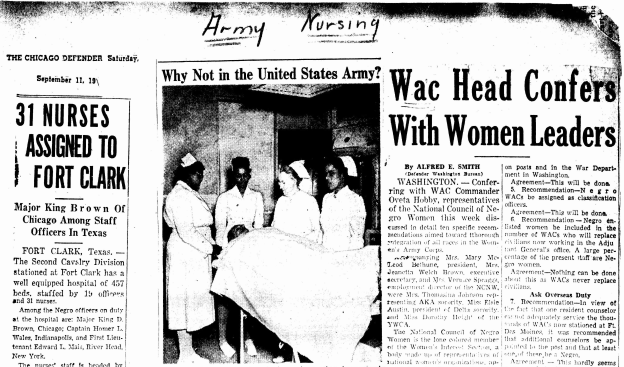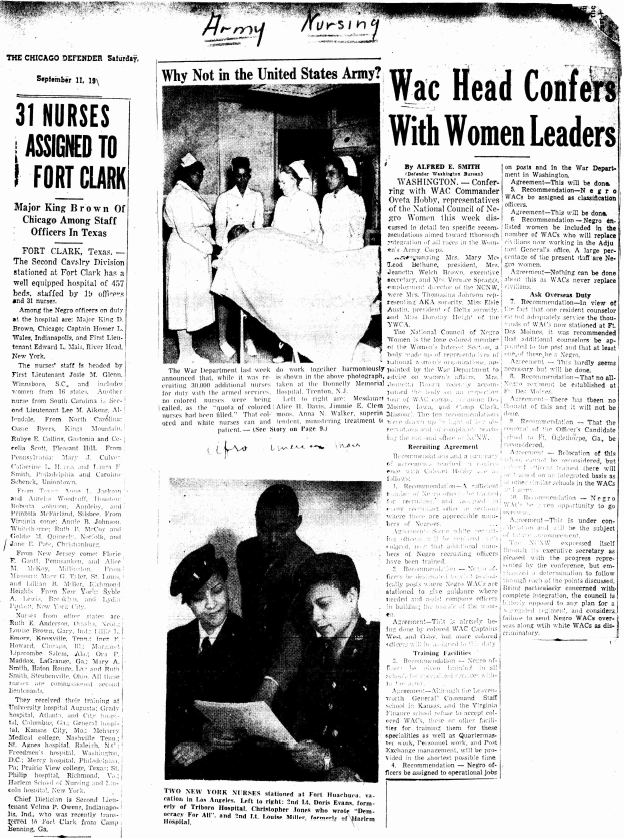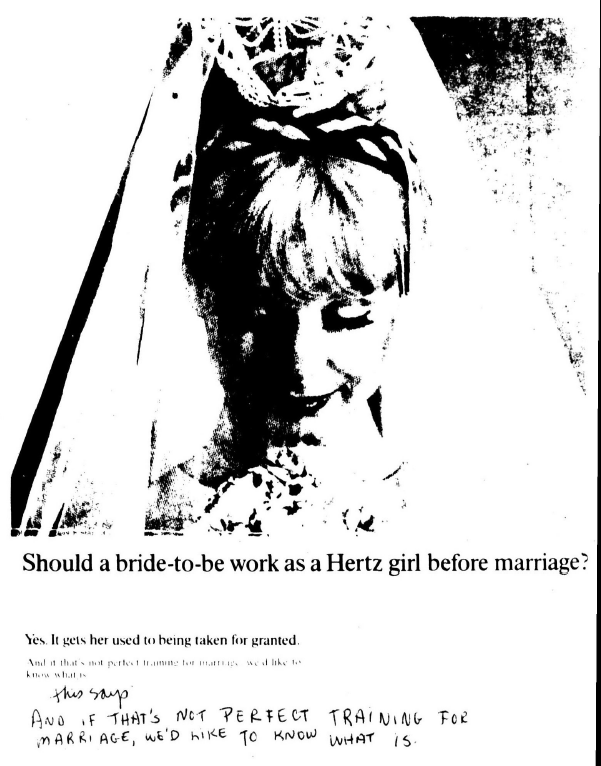| By Gale Staff |
When the topic of women in medicine comes up, the conversation tends to elevate the trailblazers: the first women to break through the glass ceiling to earn medical degrees or the pioneering researchers who defied the odds to make game-changing discoveries. Of course these figures matter. However, celebrating only their mountaintop achievements neglects the context against which their success was possible and the ways women’s lives have interacted with and been influenced by medical systems for centuries.
The Women’s Studies Archives invites researchers to explore these often neglected stories. Across thousands of pages of organizational records, periodicals, and personal reflections, researchers can investigate how women have shaped medicine through the long-standing struggle to be seen, heard, and taken seriously as practitioners and patients.
With content spanning hundreds of years and three continents, these collections invite pre-med students as well as researchers in history, sociology, and related fields to evaluate medicine as a system where women’s roles and rights have long been contested.
Fighting for Integration in Nursing
For much of the 20th century, professionally-credentialed black nurses in the United States faced obstacles to participation in national nursing organizations and securing work in public hospitals.
Available via Gale’s Women’s Studies Archives, the National Association of Colored Graduate Nurses Records (1908–1951) documents how black women built a professional network to support one another in their push for integration. In reports, letters, and conference proceedings, users can track their paper trail as they worked to expand access to training, employment opportunities, and policy discussions in medicine.
The Fight to Integrate Military Nursing
One of the most visible outcomes of this advocacy came in 1945 when Mabel Keaton Staupers—then executive secretary of the association—led a campaign to end the racial quota in the Army Nurse Corps. At the time, the military capped the number of black nurses who could serve at 56, even during a critical wartime shortage. Records follow generations of nurses and their integration efforts across 240 pages of periodical clippings in the collection, “Black Nurses in Civil and Military Services; Discrimination against Black Doctors by the American Medical Association.”
Clippings, Black Nurses in Civil and Military Services; Discrimination against Black Doctors by the American Medical Association. 1942-1951. MS Box 5 Folder 8, National Association of Colored Graduate Nurses Records, 1908-1951. New York Public Library. Women’s Studies Archive (accessed May 1, 2025). https://link.gale.com/apps/doc/NUTRUA632863118/WMNS?u=seoblogs&sid=bookmark-WMNS&xid=78bf7f4c&pg=24.
Care on the Front Lines
The Historical Nursing Journals collection includes The Nursing Record (1888–1956), a respected academic and peer-reviewed publication that provided both a platform for professional discourse and a practical guide for nurses across Britain. These publications—written by and for nurses—offer a detailed view of how caregiving work was defined, standardized, and debated during a time when medicine was becoming more bureaucratic and less collaborative.
Alongside scholarly articles and editorials, the journal captured the daily realities of nursing work. In entry after entry, nurses voiced concerns that feel strikingly current: chaotic supply rooms that slowed down patient care, staff stretched too thin to respond safely, and student nurses expected to work long shifts without the same recognition or support as full staff.
Early Demands for Safe, Skilled Mental Health Nursing
One example of this internal advocacy appears in an 1897 editorial published in The Nursing Record, which calls attention to the “real grievances” of asylum attendants: exhausting 14- to 18-hour shifts, minimal pay, and no formal system of training.
One contributor described the work as physically dangerous, with staff responsible for intervening when patients became violent or suicidal—often without backup or rest. “Common sense,” the editorial reads, “would strengthen the appeal by the reasoning that overwork must mean inefficient care.”
Pressure also came from outside the institutions themselves. The Women’s Industrial Council inquired into asylum labor conditions and called on political candidates to support shorter hours and formalized education requirements for attendants in London’s asylums. At the national level, the Asylum Workers’ Association began organizing to push Parliament for a 60-hour workweek, citing overwhelming support from frontline workers.
Women Under Surveillance: Mental Health and Medical Authority
In the late 1960s and early 1970s, the women’s liberation movement positioned healthcare as an issue of political and cultural conflict. Central to this was the question of how the medical system treated women’s bodies and mental health.
Performative Womanhood
In the satirical play Sweet 16 to Saggy 36: Saga of American Womanhood, the Cleveland Radical Women’s Group assembled a range of biting skits about womanhood, in which every phase of life comes with instructions: Be pretty, but not vain. Ambitious but not career-driven. Submissive enough to earn love, assertive enough to raise children.
A review of the performance highlights how the play incorporated real quotes and imagery from mass media and advertising to critique the cultural norms influencing women through the various stages of their lives.
Among them, Stokely Carmichael’s infamous quote on the role of women in SNCC (Student Nonviolent Coordinating Committee): “The only position for women in SNCC is prone.” Other examples include a Hertz ad that recommended working as “a Hertz girl” as perfect training for marriage: “It gets her used to being taken for granted.” Another ad for entices mothers to “compete with your daughter’s ‘Little Girl Look’.”
Cleveland Radical Women’s Group, ‘Sweet Sixteen to Saggy Thirty.Six’ (K986): Position Papers. n.d. MS Reel 4A, Women and Health/Mental Health: Section Two: Physical and Mental Illnesses of Women. The National Women’s History Project. Women’s Studies Archive (accessed May 1, 2025). https://link.gale.com/apps/doc/CDNDME365886649/WMNS?u=seoblogs&sid=bookmark-WMNS&xid=94323b5f&pg=12.
Women’s Civic Role in Colonial and Federated Australia
In the mid-1800s, British officials viewed the gender imbalance in Australian colonies as a social liability to be solved by female emigration. A flier from the Committee for Promoting the Emigration of Females to the Australian Colonies, found within the Australian and New Zealand Women’s Organisations, 1835–2002 collection, described unmarried working-class women aged 15–30 as a stabilizing force sent abroad to become wives and mothers.
As Australia transitioned from colonial rule to federation, many women began reshaping that vision on their own terms. A 1953 grammar school pamphlet in the Hidden Treasures of the Mitchell Library: Sydney Periodicals, 1886–2016 collection presents a model for girls’ education emphasizing intellectual and physical development. Local women’s organizations also advocated for children’s libraries, seeing early literacy as a form of community investment.
Motherhood Mission Work in Aboriginal Communities
However, that sense of civic purpose infringed into areas it was never meant to govern. A 1933 publication titled “The Aboriginal Mother in Western Australia” describes Aboriginal women as locked in cycles of poverty brought on by colonial displacement.
The paper’s author credits Christian mission workers with improving survival outcomes for women and children through interventions like millet farming that, from their perspective, acted as both practical support and evidence that Aboriginal families could be “rescued” through exposure to white maternal guidance. Yet even in its most compassionate moments, the text positions Aboriginal motherhood as something to be corrected, not understood—casting white women as the standard to which all mothers should aspire.
Archiving the Real Work of Women in Medicine
Gale’s Women’s Studies Archives offers a breadth of records that enables researchers to examine how women have shaped the systems that governed medical care. These sources—preserved from the records of nurses, reformers, patients, and practitioners—recover the overlooked and underrepresented stories often missing from traditional accounts.
Integrating these archives into your collegiate library’s existing research system encourages faculty and students to learn from the margins, not just the milestones, of women in medicine. Reach out to your Gale representative to request a trial or add these materials to your institution’s collection.



